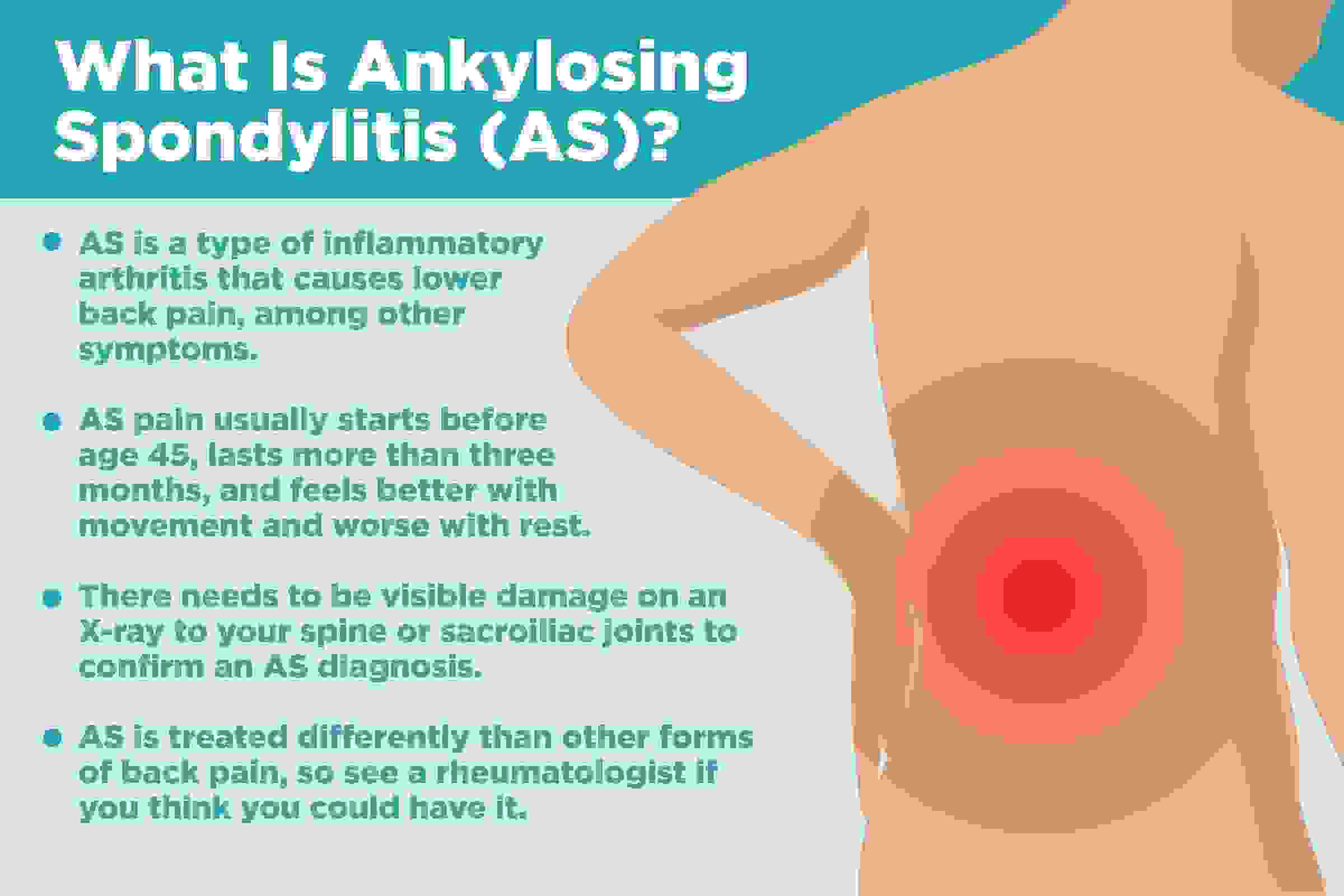This article aims to explore the connections and impacts between ankylosing spondylitis, chronic pain and rheumatoid arthritis. Ankylosing spondylitis is a chronic autoimmune disease that mainly manifests as inflammation of the spine and sacroiliac joints; chronic pain is a long-lasting pain that may be related to a variety of diseases or injuries; rheumatoid joints Inflammation is a common autoimmune disease that mainly manifests as joint inflammation and bone erosion. There is a certain connection between these three diseases in pathophysiology and clinical manifestations, which have a serious impact on patients' quality of life and health status.
Symptoms of ankylosing spondylitis include low back pain, morning stiffness, and limited mobility. The cause of the disease is not fully understood and may be related to genetic, environmental and immune factors. The diagnosis of ankylosing spondylitis mainly relies on clinical manifestations and imaging examinations. The disease may lead to problems such as spinal deformity, osteoporosis and cardiovascular disease, seriously affecting patients' daily lives.
Chronic pain refers to pain that lasts for a long time and affects the patient's quality of life. The pathogenesis of chronic pain is complex and may involve multiple neuromediators and signal transduction pathways. Treatments for chronic pain include medication, physical therapy, and psychotherapy. However, due to the diverse causes and mechanisms of chronic pain, treatment is difficult, and patients often face the dilemma of poor pain control and reduced quality of life.
The causes of rheumatoid arthritis include genetic, immune, and environmental factors. Symptoms of rheumatoid arthritis include joint swelling, pain, and morning stiffness. The diagnosis of this disease is mainly based on clinical manifestations, blood tests and imaging tests. Rheumatoid arthritis may cause joint deformity, functional impairment, and disability, which can have a serious impact on patients' quality of life.
There may be links and influences between ankylosing spondylitis, chronic pain, and rheumatoid arthritis. For example, ankylosing spondylitis and rheumatoid arthritis are both autoimmune diseases and may share common pathogenesis. At the same time, all three diseases can cause joint pain and dysfunction, negatively affecting patients' quality of life. Therefore, for patients who suffer from these three diseases at the same time, doctors should comprehensively consider the patient's condition and treatment options to maximize the patient's quality of life.
In summary, ankylosing spondylitis, chronic pain, and rheumatoid arthritis are three common autoimmune diseases that have a severe impact on patients' quality of life and health status. A deeper understanding of the connections and impacts between these three diseases can help improve diagnostic accuracy and quality of life for patients. In the future, further research is needed to explore the common pathogenesis and optimal treatment options of these three diseases in order to better provide medical services to patients.
references:
Sampaio-Barros PD, Campos-Rodrigues J, Ramos-Neto JC, et al. Ankylosing spondylitis, rheumatoid arthritis, and chronic pain: a review of the literature. Rev Bras Reumatol. 2017;57(3):214-222.
Anonymous. Differential diagnosis of rheumatoid arthritis, ankylosing spondylitis and osteoarthritis. Clinical Medicine. 2018;11(6):5-9.
Nossent JC, Lories RJ, de Vlam K, et al. The relationship between chronic pain and disease activity in ankylosing spondylitis and psoriatic arthritis: data from the prospective Dutch SPondyLITA study. Arthritis Res Ther. 2015;17(1):1-7 .
Living with immunodeficiency: ‘Nothing has changed for me since Covid. I’m still shielding today’



